Why are tomato seedlings fed with urea and how to do it correctly?
Growing tomatoes is associated with certain difficulties - a capricious culture requires fertile soil, an abundance of light and heat. Only when all the optimal conditions are created will the plants please with a good harvest. Proper care is an important component of increasing yields and fruit quality. It includes optimal watering, weed and pest control, removal of excess parts of the sprout and, of course, the timely introduction of the necessary elements.
Top dressing of tomatoes
The best mineral fertilizers for tomatoes are the following:
- phosphorus - helps to strengthen tomatoes, increases their resistance to adverse climatic conditions;
- potassium - is responsible for the taste and color characteristics of the fruit, and also increases resistance to decay;
- nitrogen - determines the growth and development of plants and is responsible for the quality of the crop.
Signs of a mineral deficiency:
- yellowing and falling of foliage - the soil contains few nitrogen compounds, and the lower leaves begin to fall off, which got less of this substance;
- staining the leaves in purple - lack of phosphorus;
- a minimum of flowers and ovaries indicates a lack of potassium.
Some signs may be associated with improper growing conditions for growing tomato seedlings, therefore, before making a diagnosis, you first need to make sure that your assumptions are correct, and only after that you can feed the missing substances.
Nitrogen fertilizing
This fertilization promotes better seedling development. Nitrogen is contained in different concentrations in the following formulations:
- sodium or calcium nitrate - up to 17.5%;
- ammonia and ammonia dressings - up to 21%;
- urea and ammonium nitrate - up to 46%.
The last group is considered the main one for feeding garden crops. The use of any kind of dressing should be done carefully, especially if they are used for seedlings. An excessive content of nitrogen compounds reduces the yield, reduces the immunity of tomatoes, and also increases the ripening of fruits. The lack of an element leads to a decrease in the number of shoots, thinning of shoots, a decrease in the size of leaves of tomatoes and other crops. With a shortage of the necessary connections, flowers fall and a bad ovary is also observed.
It should be borne in mind that the higher the nitrogen concentration of the fertilizer, the greater its oxidizing effect on the soil. Therefore, "nitrogen" watering or the introduction of a dry composition must be accompanied by measures that reduce the acidity of the soil. For example, after the introduction of urea, the soil can be neutralized with limestone taken in 80% of the amount of fertilizer by volume.
The main nitrogen fertilizer is urea
Urea is considered one of the main sources of nitrogen for plants, it contains it in the highest concentration - about 46% (for comparison, ammonium nitrate - about 35%). Despite the higher nitrogen content, urea, as this fertilizer is also called, oxidizes the soil much less than nitrate, therefore it is used for watering or spraying more often.
Fertilizer is a white granules with good solubility. It can be used on any soil, but is preferable on well-moisturized soil. This is due to the fact that nitrogen from this compound is more firmly consolidated in the soil and less washed out by precipitation. The use of urea is accompanied by the obligatory dusting of earth to reduce nitrogen losses.Indeed, under the influence of soil bacteria, carbamide in a few days turns into ammonium carbonate, which rapidly decomposes under the influence of air. For this reason, not all nitrogen intended for feeding the sprout is used as intended.
Urea is used to stimulate the growth of bushes, increase the yield of tomatoes and increase resistance to certain diseases. Top dressing can be done either by watering at the root, or through spraying.
Important!
Watering the plants with a urea solution, it is necessary to prevent the composition from getting on the leaves. This can burn the delicate leaf blade and increase the risk of powdery mildew from exposure to excess moisture.
How to use?
Fertilizer can be used both as the main and as additional fertilizing. According to the instructions, the use of carbamide for tomatoes is carried out according to the following scheme:
- 5 - 12 g per 1 m are added to the ground before planting2;
- at the time of growing season, you need to use 20 - 30 g per 10 liters of water - pour a liter of solution under each plant;
- feeding crops through foliage is carried out with a working solution (50-60 g per 10 l), but it is used in more limited quantities - about 100 m2 spray only 3 liters of the composition.
Since tomato sprouts need small amounts of nitrogen, urea fertilization is done infrequently and in small doses. However, it is important to follow the instructions for using this fertilizer in order not to exceed the nitrogen content in the soil.
Many summer residents, fearing to overdo it with fertilizer, use carbamide only for foliar feeding of tomatoes. As soon as the need for nitrogen arises, they use spraying with a urea solution, for the manufacture of which they dilute a tablespoon of carbamide (about 20 g) in a bucket of water.
Advice
A few hours before fertilizing, it is advisable to water the tomato seedlings abundantly with water.
Features of the use of urea
Spraying with a solution of urea is desirable in the evening, so that it is absorbed early in the morning with dew. It is also recommended to use the solution in cloudy weather.
It is not recommended to use carbamide for feeding during the period of ovary growth. Failure to comply with this condition can lead to intensive growth of side shoots, which consume the bulk of the nutrients consumed by the plant. At the same time, the fruits will be deprived, which will negatively affect their quality.
Fertilization rules
- They are introduced in optimal quantities as needed: an excess can harm the sprouts.
- The dissolved fertilizer is used for watering in the evening.
- After fertilizing, it is worth analyzing the condition of the tomatoes, noting any changes - based on this, change the dosage up or down.
- Top dressing is also introduced after transplanting tomato seedlings to a permanent place.
- It is important to distinguish between the tasks of root and foliar feeding: the second type is used when it is necessary to obtain a quick result.
- Urea is used only for the first time, before the flowers appear, it can be used in combination with phosphoric and potash fertilizers.
It is important not to forget that constant feeding tomato seedlings nitrogen fertilizers improves the appearance of the plant: the stem thickens, the leaves become large and bright green. However, this beauty has negative consequences: tomato sprouts give very few ovaries and, accordingly, very few fruits, moreover, of poor quality. Therefore, it is worth considering: does the plant need an extra dose? It is better to adhere to the principle: everything is fine, but in moderation - then the seedlings will be strong, and there will be many beautiful fruits.
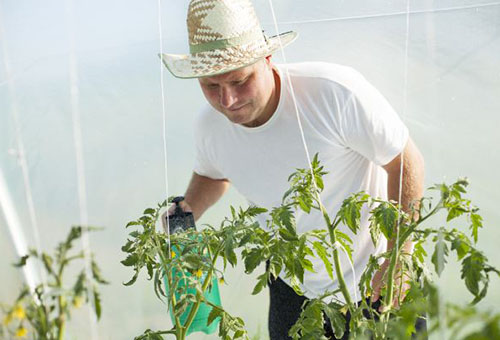
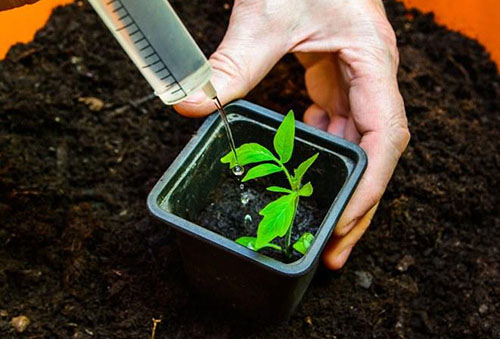
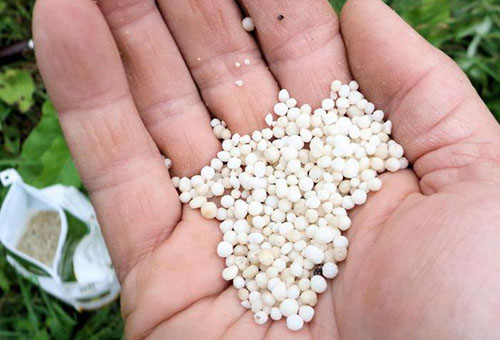
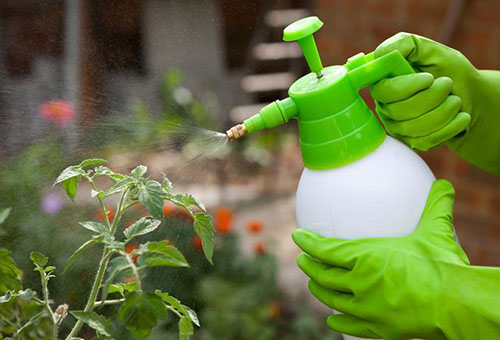
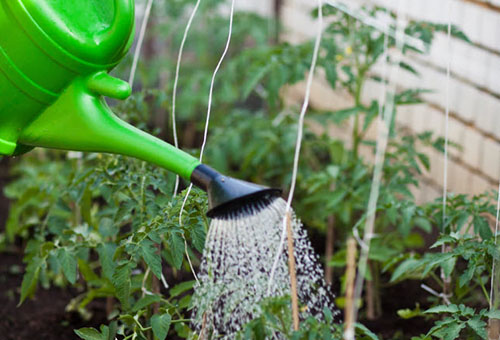
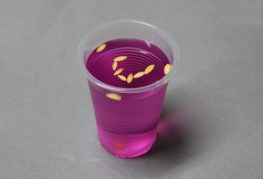

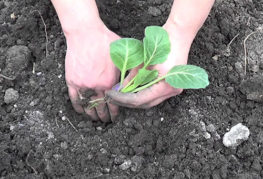
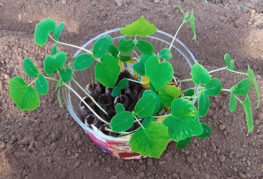
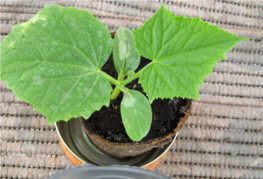
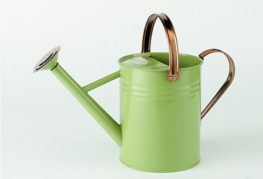
and will be published shortly.